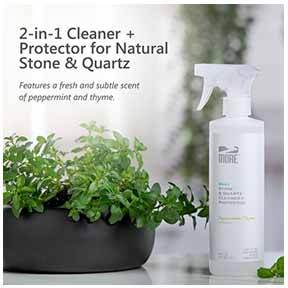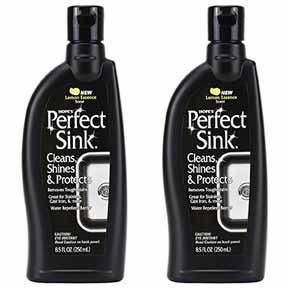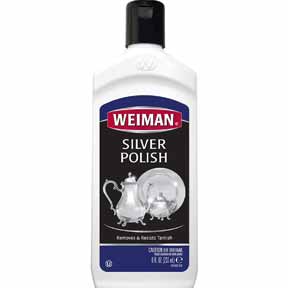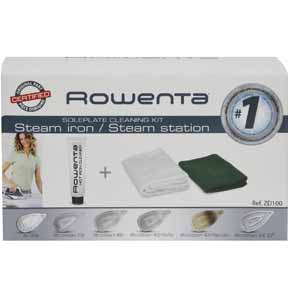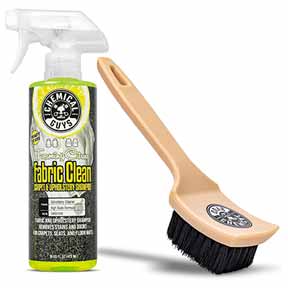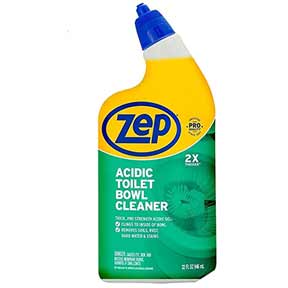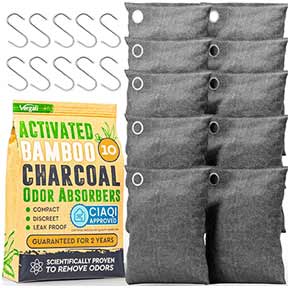Cleaning a Copper Sink

How to Clean a Copper Sink
If you’re interested in cleaning a copper sink, especially one with a brushed or patina finish, it’s important to know the right techniques to keep it looking beautiful and functional for years. Copper sinks are prized for their natural warmth and character, but they require special care to maintain their unique look. Whether your copper sink is in the kitchen or bathroom, gentle, routine maintenance helps preserve its natural patina while protecting it from damage.
Why the Patina Matters
One of the defining features of copper is its living finish, called a patina. This isn’t dirt or grime – it’s a natural oxidation process that creates a protective layer on the surface of the copper. This patina helps hide minor scratches, prevents corrosion, and gives each sink a one-of-a-kind appearance. Aggressive scrubbing or harsh chemicals can strip away this layer, resulting in uneven shiny spots or even long-term damage.
Best Way to Clean a Copper Sink
Use Gentle Cleaners
For everyday cleaning a copper sink, all you need is a mild dish soap (preferably pH neutral) and warm water. Avoid acidic or abrasive cleaners at all costs.
Soft Materials Only
Use a soft sponge, cloth, or nylon brush, nothing abrasive like steel wool or rough scrubbers that can scratch the surface.
Cleaning Method
Mix a small amount of mild dish soap with warm water. Gently wipe down the sink and rinse thoroughly with clean water to remove any soap residue.
Dry the Sink
Always dry the sink after cleaning to prevent water spots and mineral buildup, especially if you have hard water.
Protecting Your Copper Sink from Stains
Be Mindful of Food and Toiletries
In kitchen sinks, rinse away any food particles promptly, especially acidic foods like tomatoes, vinegar, or citrus, which can cause bright, shiny spots. In bathrooms, rinse out toothpaste, shaving cream, and hairspray to avoid discoloration.
Hard Water Considerations
If you live in an area with hard water, it’s crucial to wipe the sink dry after each use. Minerals can leave white spots or buildup on the copper surface.
Enhancing and Protecting Your Copper Sink Finish
If you prefer a brighter, shinier look rather than a dark, aged patina, there are ways to maintain this aesthetic while still protecting the sink:
Carnauba Wax or Copper Sink Wax
For routine maintenance, you can apply a thin layer of copper sink wax or high-quality carnauba wax after cleaning a copper sink. This product helps wick water away from the surface, minimizing water spots and slowing down the patina process.
How to Apply
After cleaning and drying the sink, apply a thin layer of wax with a soft cloth. Let it dry to a haze, then buff with a clean, lint-free cloth to a soft shine. This should be done once a month or as needed, depending on how much you use the sink.
Avoid Lacquer Unless Specified
Some copper sinks come with a lacquered finish, check with the manufacturer before applying any products. Most living-finish sinks are meant to naturally develop patina and should not be lacquered or sealed with anything permanent.
What to Do if Your Copper Sink Tarnishes Badly
Sometimes, despite your best efforts, food, dishes, or soap can sit on the copper surface and cause unwanted bright spots or uneven tarnishing.
Bright Spots or Uneven Patina
Acidic foods, soaps, or standing water can strip away the patina, causing shiny or splotchy spots. Most of the time, this is temporary and the patina will naturally reform over time.
Immediate Cleaning
Wash the area with warm water and mild dish soap using a soft sponge. Rinse well and dry completely with a soft towel.
Allow Natural Re-patina
For minor spots, simply allow the patina to redevelop naturally over a few weeks. Keep the area clean and dry during this time.
Speed Up the Patina Process
To accelerate patina regrowth, lightly dab a mixture of 1 part white vinegar, 1 part water, and a pinch of salt onto the shiny spot. Let it sit for a few minutes, rinse thoroughly, and dry. Use this method sparingly.
Use Patina Restoration Products
If discoloration is severe, you can use commercial copper patina restoration kits or accelerators. Always follow the manufacturer’s directions and test a small area first.
Apply Wax After Restoration
Once the patina has evened out, apply copper sink wax to help protect it from future issues.
Long-Term Care of Your Copper Sink
- Do not use abrasive sponges or harsh cleaners.
- Wipe the sink dry after each use.
- Rinse away any acidic substances promptly.
- Regularly apply copper sink wax if you want to slow down the patina process.
- Embrace the natural changes over time – this is what gives copper its charm!
With proper care, cleaning a copper sink and addressing tarnish is a simple and rewarding process. Whether you want to maintain a rustic aged look or a sleek shiny finish, these easy steps will help you enjoy the lasting beauty of your copper sink.
Household Cleaners
